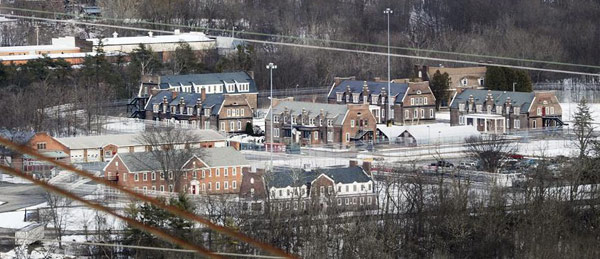In addition to its unique and rich history, Hudson Correctional Facility (HCF) has another feature that distinguishes it. Less than a year after Governor Eliot Spitzer’s plans to close the prison in Hudson were halted by protest from politicians and unions representing workers at the prison, the state opened a specialized 40-bed ‘reentry unit’ on the prison grounds in March, 2009. As a result, Hudson is a key participant in a national experiment: With record-high incarceration rates, unprecedented extension of state supervision over individuals leaving prison, and a complex maze of legal barriers to reintegration, more people than ever before are returning home after serving time in prison. These individuals face daunting barriers to successful reintegration. Successful reentry requires strong community support networks and comprehensive services, both of which are lacking in the areas to which most former prisoners return. Interventions that reflect these principles may hold the greatest promise for success. Yet reentry policies are still quite primitive; researchers are just now beginning to develop an approach to reentry based on evidence of best practices… from “Life on the Outside: Returning Home after Incarceration”, by Christy A. Visher and Jeremy Travis, The Prison Journal September 2011
One of only four of these units serving the entire state, the Hudson Reentry Unit serves people in prison who will be returning to homes in Albany, Rensselaer, Columbia and Schenectady counties – sometimes referred to as the Capitol Region. According to state representatives, the goals of the unit are to help people in prison make a successful return to communities in the Capital Region and reduce recidivism in the region, increasing public safety and saving taxpayers money. Another goal for the units in New York is to keep people out of jail and shelters since many people become homeless and come into contact with local police when they get out of state prison.
While incarcerated in the dormitory-style unit at HCF, prisoners meet with parole officers, social workers, potential employers and others from their home county who will form their key ‘support network’ after release. These people are part of a team made up of corrections and parole officers, alcohol and drug abuse treatment providers, and other community and faith-based agencies to assess each prisoners’ needs. Those needs could range from official documents like social security cards and birth certificates to employment to issues related to family reunification, housing opportunities and treatment. The Department of Corrections transfers eligible prisoners who live in the Capital Region to the Hudson reentry unit within three to four months of their release from the state prison system.

